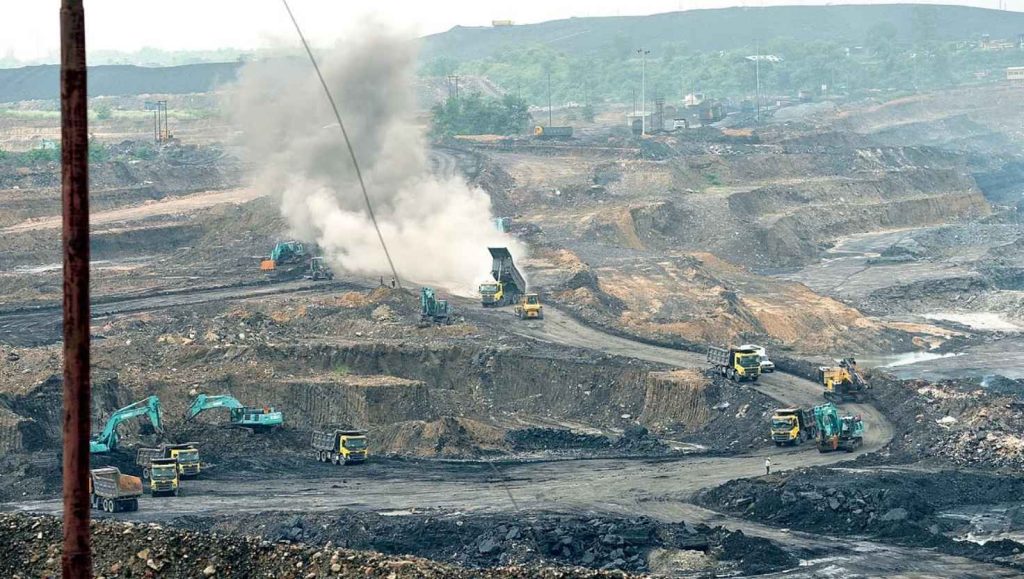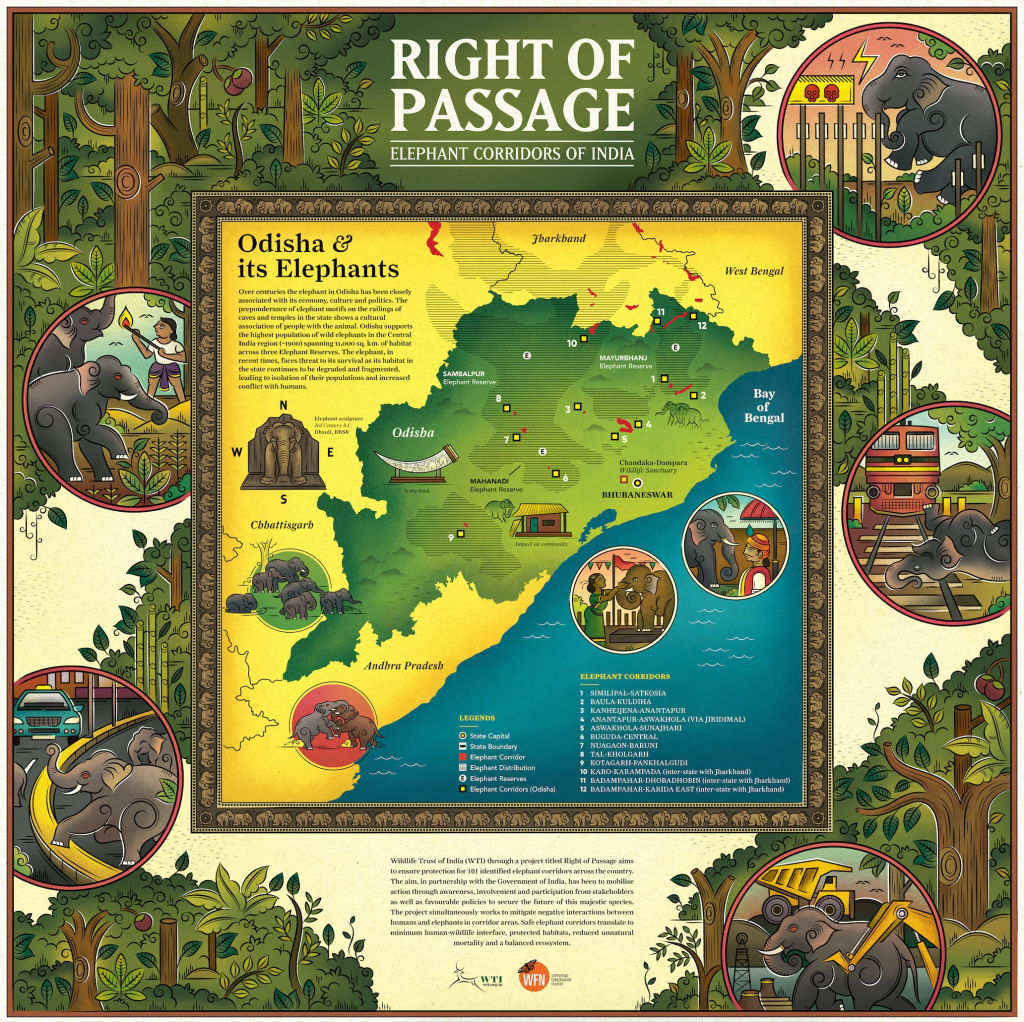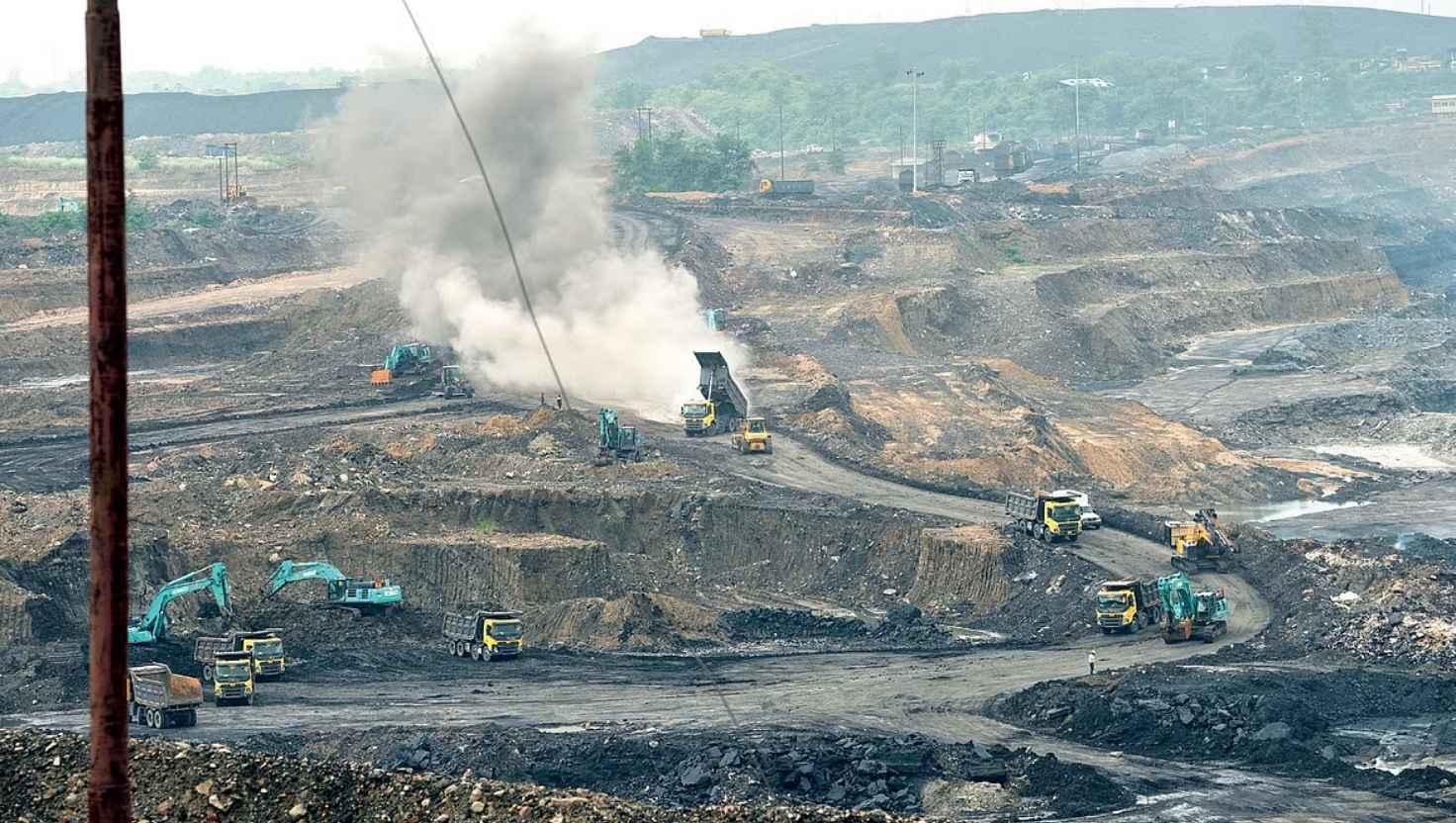Odisha, India – The ongoing expansion of coal mining operations in the eastern Indian state of Odisha is intensifying pressure on critical elephant habitats, threatening to further displace the region’s already vulnerable elephant population. This development raises significant concerns among conservationists and local communities regarding the future of these iconic animals and the ecological balance of the state.

Odisha’s Growing Coal Footprint and Elephant Corridors
Odisha is one of India’s most mineral-rich states, boasting substantial coal reserves. The push for increased domestic coal production to meet India’s energy demands has led to the allocation of new mining blocks and the expansion of existing ones. Many of these projects are situated in forested areas that serve as vital corridors and habitats for the state’s significant elephant population.
According to a report by the Wildlife Trust of India (WTI), Odisha is home to over 1,900 elephants, representing a substantial portion of India’s wild elephant population. These elephants rely on large, contiguous forest tracts for foraging, breeding, and movement. The fragmentation of these habitats due to mining, infrastructure development, and human encroachment forces elephants into smaller, isolated pockets, leading to increased human-elephant conflict.
“The expansion of coal mining without adequate environmental impact assessments and mitigation strategies is a direct threat to the long-term survival of Odisha’s elephants,” stated Dr. Rina Sahoo, a lead conservation scientist at the WTI, in a recent interview. “These corridors are not just pathways; they are crucial for genetic exchange and the health of the entire elephant population.”
Impact on Elephant Behavior and Human-Elephant Conflict
The encroachment of mining activities into elephant territory disrupts their traditional migration routes and access to water sources and food. This often leads to elephants venturing into human settlements and agricultural fields in search of sustenance, escalating instances of conflict. Such encounters can result in crop damage, property destruction, and, in tragic cases, injuries or fatalities to both humans and elephants.
Data from the Odisha Forest Department indicates a rising trend in human-elephant conflict incidents over the past decade. While specific attribution to coal mining alone is complex, environmental experts point to habitat loss and fragmentation as primary drivers. The noise, dust, and constant activity associated with mining operations also directly disturb elephants, pushing them away from their established ranges.

Regulatory Frameworks and Implementation Challenges
India has a robust legal framework in place to protect wildlife and forests, including the Wildlife (Protection) Act, 1972, and the Forest (Conservation) Act, 1980. Environmental clearances for mining projects are mandated to include assessments of biodiversity impact, and often stipulate conditions for wildlife mitigation.
However, conservation groups argue that the implementation and enforcement of these regulations are often insufficient. “There is a disconnect between policy and practice,” commented Prakash Jena, an environmental activist based in Bhubaneswar. “While clearances mention compensatory afforestation or elephant underpasses, their effectiveness is often questionable, and the damage to existing mature forests is irreversible.”
The Ministry of Environment, Forest and Climate Change (MoEFCC) is responsible for granting environmental clearances. Officials from the Ministry, who preferred to remain anonymous due to ongoing policy discussions, acknowledged the challenges but emphasized the national imperative for energy security. “Balancing development needs with environmental protection is a delicate act,” one official stated. “We strive to ensure that mitigation measures are robust, but some level of impact is inevitable with large-scale industrial projects.”
Upcoming Coal Mines in Sundargarh to Significantly Increase State Revenue
Odisha Imposes Strict Ban: Unapproved Fuel Sales to Lead to Legal Action
Chhattisgarh CM Outlines Stance on Mahanadi Following Odisha’s Proposal for Talks.
The Path Forward: Mitigation and Sustainable Practices
Addressing the escalating threat to Odisha’s elephants requires a multi-faceted approach. Conservation organizations advocate for strategic land-use planning that prioritizes the integrity of elephant habitats and corridors, even if it means foregoing mining in ecologically sensitive areas.
Key recommendations include:
- Cumulative Impact Assessments: Conducting comprehensive assessments that consider the combined impact of multiple mining projects and other infrastructure developments, rather than assessing projects in isolation.
- Strengthening Elephant Corridors: Protecting and restoring existing elephant corridors and identifying new ones to facilitate safe movement. This includes creating underpasses or overpasses for wildlife.
- Effective Mitigation Measures: Ensuring that environmental clearance conditions for mining projects are strictly enforced, including the implementation of robust wildlife management plans, rehabilitation of degraded land, and strict adherence to noise and dust control measures.
- Community Engagement: Involving local communities in conservation efforts, providing them with livelihood alternatives, and implementing effective conflict mitigation strategies to reduce retaliatory actions against elephants.
The long-term health of Odisha’s elephant population is intrinsically linked to the responsible management of its natural resources. As the demand for coal continues, the challenge for policymakers will be to find a sustainable pathway that balances economic development with the imperative of preserving the state’s rich biodiversity. The choices made today regarding coal mining expansion will determine the future of these magnificent creatures in Odisha.





